Rue de Cheongwadae (청와대 앞길)
885.9M 2025-08-20
Gungjeong-dong, Jongno-gu, Séoul
+82-2-120
La rue de Cheongwadae a été créée avec l’instauration du gouvernement civil, et s’étend depuis le carrefour de Hyoja à Hyoja-dong jusqu’au carrefour de Palpan à Palpan-dong. En suivant la rue Hyoja depuis la station de métro Gyeongbokgung, vous trouverez le Sarangbang de Hyoja, une fontaine, un bosquet d’hibiscus, le hall Yeonmugwan, le pavillon Daegogak et le hall Yeongbingwan.
Le Sarangbang de Hyoja est un petit bâtiment composé d’un rez-de-chaussée abritant une exposition relatant les 600 ans d’histoire de Séoul, et d’un étage où sont exposés des cadeaux d’hôtes étrangers prestigieux. Les visiteurs peuvent se reposer dans le jardin de derrière. Au Daegogak se trouve un tambour offert au président Kim Yeong-san en souvenir de l’ancien tambour Sinmungo. Le hall Yeonmugwan est l’endroit où le personnel des services de sécurité s’entraîne aux arts martiaux. On y trouve également une citadelle en pierre naturelle, ainsi qu’un espace de repos. Derrière le bosquet d’hibiscus siègent l’ambassade du Vatican et le pavillon Chilgung.
Bordée d’arbres touffus et de parterres fleuris, la rue de Cheonwadae est l’endroit rêvé pour une belle promenade. La résidence présidentelle Cheonwadae (qui signifie « Maison Bleue ») se trouve juste en face de la porte Sinmumun du côté Nord du palais Gyeongbokgung, et la rue se termine sur la porte Chunchumun, où se trouve le centre de presse de Cheonwadae. Un peu plus loin, la rue Samchongdong-gil s’étend depuis la porte Chunchumun jusqu’à la porte Geonchunmun (porte principale du palais Gyeongbokgung). De nombreuses galeries de peinture y sont installées (galerie Gukje, galerie Growrich, galerie Hyundai, etc) , ce qui en fait un lieu de prédilection pour tous les amateurs d’art.
Museé d'art Hwangi (환기미술관)
912.8M 2021-03-27
63, Jahamun-ro 40-gil, Jongno-gu, Seoul-si
+82-2-391-7701
Le Musée d’art Hwangi (환기미술관) a été ouvert dans le but de rendre un hommage au peintre Kim Hwan-Gi (1913-1974), un des artistes coréens les plus réptés dans le style du modernisme.
Il commença par la peinture abstraite en 1930 et en 1950 en se servant de la nature comme inspiration afin de peindre les émotions de la Corée.
Au premier étage du musée vous trouverez une boutique d’art avec des écharpes, des cravates et autres produits dessinés par Kim Hwan-Gi qui sont mis en vente.
Of one book and stay / 일독일박
912.1M 2025-08-11
11-1, Pirundae-ro 3-gil, Jongno-gu, Seoul
This hanok (traditional Korean house) is located in Seochon Village near Gyeongbokgung Palace. It is a modern C-shaped hanok centered around the inner courtyard, which is the first thing that the guests see after entering through the gate. While it is not expansive, white pebbles and a foot bath make this hanok a unique one. One can enjoy a foot bath while sitting on the porch.
The bedroom, which is located beyond the living room, is furnished with a queen-sized bed. Opening the screen doors brings one to the view of the kitchen area beyond the inner courtyard. A large table, plush sofa, and a small bookcase make the space ideal for books and discussions. Climbing the wooden ladder to the side of the kitchen brings one to the attic, which also doubles as a Korean-style room with a skylight. The kitchen is furnished with a refrigerator, microwave oven, gas stove, electric kettle, toaster, pots, utensils, wine glasses, and bottled water. There is a restroom with a bathtub. The standard occupancy of the house is 4 people.
Boan1942 (보안1942)
1.1Km 2023-09-20
33, Hyoja-ro, Jongno-gu, Seoul
Avant de devenir un centre consacré à l'art, Boan1942 était un lieu consacré aux repos des voyageurs entre 1942 et 2005. Le lieu a été rénové en espace culturel en 2017 sous le concept de "Boanstay."
Boan1942 propose différents espaces thématiques comme un café, un espace culture, des ateliers workshop, un magasin de livres, un espace pour les expositions, etc. Situé à Seochon, un haut lieu de la culture à Séoul, Boanstay offre également une superbe vue de l'aspect historique de Séoul notamment sur le palais Gyeongbokgung Palace, Cheong Wa Dae, et le village des hanok de Seochon.
<Credit: Boanstay>
Parc Sajik à Séoul (사직공원(서울))
1.2Km 2022-09-19
89, Sajik-ro, Jongno-gu, Seoul-si
+82-2-2148-2834
Le parc Sajik est l’un des trois parcs les plus populaires de Jongno-gu, avec le parc Tapgol et le parc Samcheong. Situé à l’Ouest du complexe du gouvernement central, au Sud-Est du mont Inwang, le parc possède la taille impressionnante de 188,710 m².
Le nom du parc remonte à 1395, lorsque Taejo Lee Sung-gye construisit le premier Sajikdan (autel dédié aux divinités d’Etat), avec en son centre, le sanctuaire Jongmyo (sanctuaire ancestral royal). « Sa » désigne la divinité de la terre, tandis que « jik » se réfère au dieu des cinq céréales. Des rituels pour obtenir une bonne récolte avaient lieu régulièrement au Sajikdan. Néanmoins, le site n’a pas été reconnu officiellement comme parc jusqu’en 1922, lors de la période coloniale japonaise.
Dans le parc, on trouve plusieurs terrains de jeux, des statues de Sin Saimdang, Hwanghakjeong et Yi I (souvent mentionné sous son nom de plum « Yulgok »), ainsi que la bibliothèque municipale des enfants. Le sanctuaire de Dangun et la bibliothèque de Jongno se trouvent à proximité. En suivant le sentier près du parc Sajik pendant environ 5 minutes, les visiteurs peuvent atteindre le parcours de randonnée du mont Inwang relativement facilement.
Ground Seesaw Seochon (그라운드시소 서촌)
1.2Km 2023-01-16
18-8, Jahamun-ro 6-gil, Jongno-gu, Séoul
Le complexe culturel Ground Seesaw se trouve à Seochon dans l'arrondissement de Jongno-gu, un endroit où l'histoire, l'art et la culture se rencontrent. Le lieu a été créé par Media N Art, une société de production d'expositions, et conçu par le cabinet d'architecture SoA et l'entreprise paysagiste Loci Studio. Nous vous invitons à découvrir Ground Seesaw pour découvrir une variété d'expositions.
Galerie Simon (갤러리 시몬)
1.2Km 2021-02-16
20, Jahamun-ro 6-gil, Jongno-gu, Seoul-si
+82-2-549-3031
Depuis son ouverture en avril 1994, la Galerie Simon a organisé exclusivement des expositions planifiées basées sur invitation. Il s’agit d’expositions de travaux d’artistes expérimentés ainsi que d’artistes en herbe.
세종마을 음식문화거리
1.2Km 2025-11-03
24, Jahamun-ro 1-gil, Jongno-gu, Séoul (Chebu-dong)
À proximité, le quartier de la gastronomie, autrefois connu sous le nom de marché de Geumcheon, a obtenu en 2011 le nom officiel de « rue de la culture alimentaire de Sejong Village ». En réalité, « Sejong Village » est le nom donné à l'endroit où est né le roi Sejong. Bien que ce soit un quartier portant le nom d'un roi, l'atmosphère est celle d'une rue populaire animée. Ce qui rend ce quartier attrayant, c'est la coexistence harmonieuse entre les anciens restaurants bien établis, réputés pour leur goût, et les nouveaux jeunes propriétaires qui apportent des lieux tendance. Il existe de nombreuses options pour satisfaire à la fois ceux qui cherchent à retrouver leurs restaurants nostalgiques et ceux qui explorent de nouveaux lieux à la mode sur les réseaux sociaux. Avec la popularité croissante des établissements, non seulement la rue principale, mais aussi les ruelles sont désormais remplies de restaurants uniques, faisant de ce quartier une véritable destination gastronomique de Jongno-gu, où il est amusant de « choisir et déguster ». Le point de départ est la sortie 2 de la station Gyeongbokgung.
Musée d'art Daelim (대림미술관)
1.2Km 2025-04-18
35-1 Tongui-dong Jongno-gu Seoul-si
+82-2-720-0667
Le Musée d'art Daelim, fondé par le Groupe Daelim, fut d’abord établit à Daejeon en 1996 et fut deplacé plus tard à Jongno (Séoul), en 2002. Cette galerie d’art étudie, analyse et présente l’art moderne à travers la photographie et organise des expositions centrées sur le média photo.
Le musée d'art est situé dans la zone résidentielle de Tongui-dong, près du Palais de Gyeongbokgung. Elaboré par un architecte français, Vincent Cornu, et construit par l’entreprise Daelim, il a ouvert ses portes en mai 2002.
Au rez-de-chaussée se trouvent un jardin, un parking, une réception, un espace de rangement, et une salle de conférence. Au premier et au deuxième se trouvent les bureaux ainsi qu’une salle d’expositions de 595m² consistant en une petite et une grande salle, une longue galerie ainsi qu’un espace possédant un haut plafond. Au troisième étage vous trouverez une salle pour les séminaires pouvant accueillir 120 personnes ainsi qu’un balcon avec une très jolie vue d’où vous pourrez admirer les monts Inwangsan et Bukhansan. Les panneaux en verre teinté (créés afin de refléter la beauté des tissus traditionnels coréens) et les pittoresques salons au premier et au deuxième ajoutent à l’ensemble un certain charme.
Par-dessus tout, le musée fut élaboré en considérant les photos, lesquelles sont très sensibles à l’humidité, la lumière et la température.
Parc de l'indépendance Seodaemun (서대문독립공원)
1.3Km 2022-12-15
251, Tongil-ro, Seodaemun-gu, Seoul
+82-2-3140-8305
Le parc de l'indépendance fut un lieu de détention de nombreux prisonniers politiques en Corée durant les mouvements d'indépendance pour le pays jusqu'au 15 août 1945 mais aussi durant les bouleversements politiques en Corée jusque dans les années 1960. Les sept zone de détention, la zone des exécutions, et la prison pour femme au sous-sol ont été entièrement restaurés après le transfert du centre de détention de Séoul dans la ville de Uiwang. Au sein du parc Tapgol, une sculpture commémorative a été installée en commémoration du soulèvement du 1er mars. La porte Yeongeunmun a été intégré au parc le 15 août 1992.
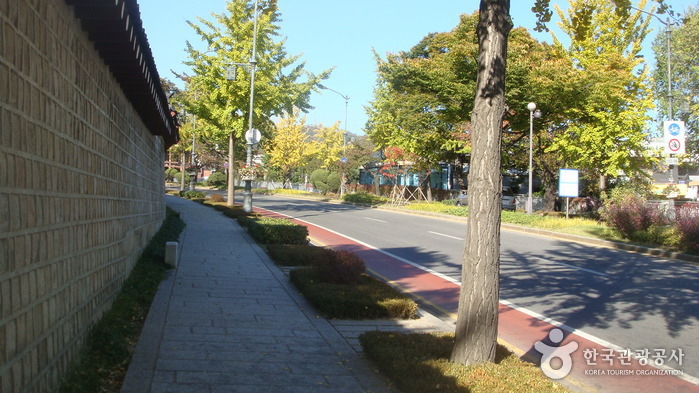

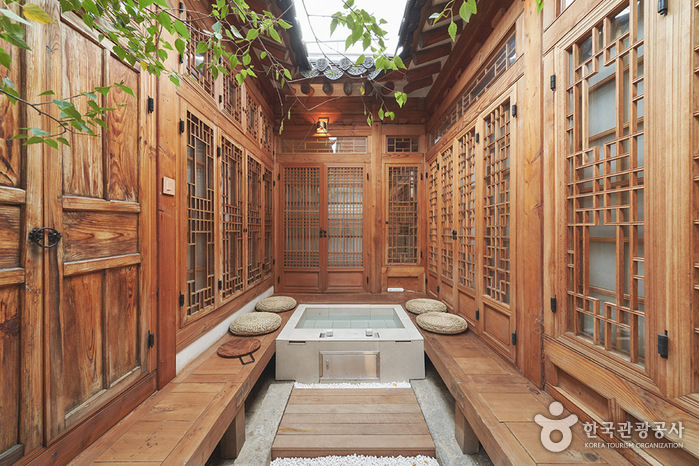

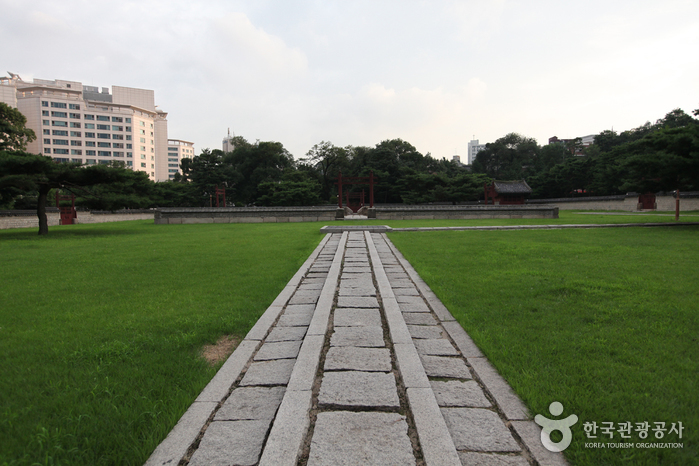
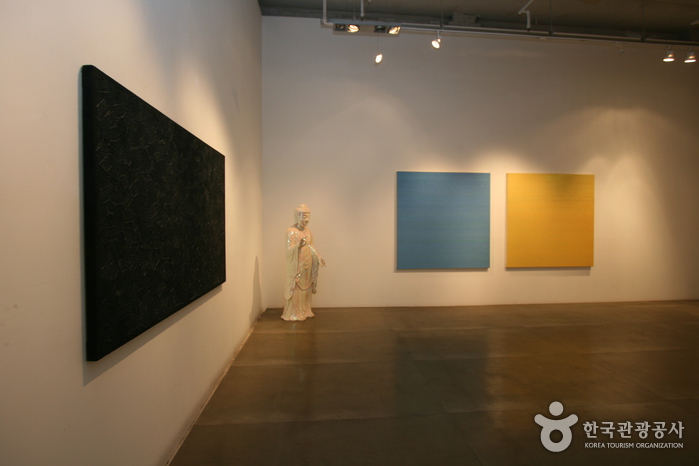
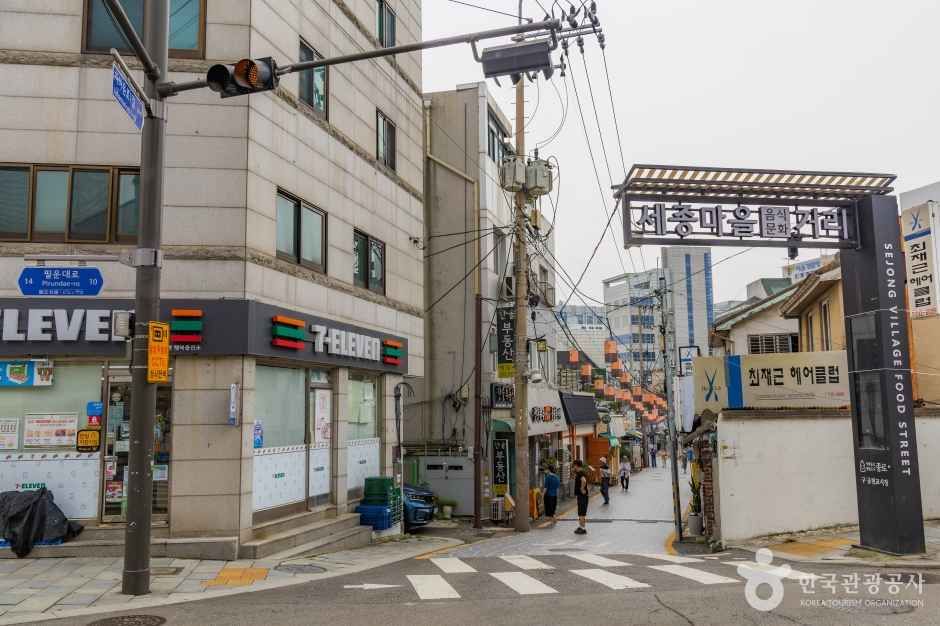
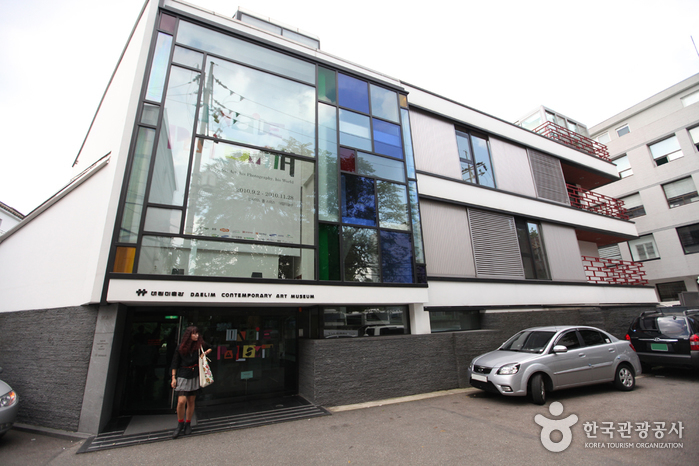
 Français
Français
 한국어
한국어 English
English 日本語
日本語 中文(简体)
中文(简体) Deutsch
Deutsch Español
Español Русский
Русский